Cobras? We got snakes on a desk here
This is Hasegawa's 1/48 Airacobra as a P-39Q, built when released in 2007.
The Bell P-39 "Airacobra" has mostly gotten a bad rap for events beyond its control, all stemming from the completely-idiotic decision by the Army Air Corps to remove the supercharger that originally equipped the prototype when it developed problems; this dropped the P-39's overall performance and crippled it at altitudes over 10,000 feet. When this was followed up by sending the airplane into combat with under-trained pilots in 1942 against the pilots of the Imperial Japanese Navy - at the time perhaps the best pilots in the world man for man - and forcing it to fight at altitudes at which it could not perform... well, no wonder it got a bad reputation. No less a judge of aeronautical horseflesh than Chuck Yeager called the P-39 "my favorite for all-around flying so long as you didn't take it over ten thousand feet; other than that it handled beautifully."
The second Tuskeegee unit to go to the war zone, the 100th Fighter Squadron sailed in January 1944 aboard the USS “William Few”, arriving in Italy in February 1944, where they were assigned to the Twelfth Air Force. The unit received P-39Qs that were passed down from the 370th Fighter Squadron, which was preparing to transition to the P-47 Thunderbolt. The 100th flew its first combat mission on its second anniversary, February 19, 1944. Because the P-39 was not considered a first-line aircraft at this time, and because the Air Force commanders did not believe the pilots of the 332nd FG were “combat worthy” - this despite the record compiled by the 99th Fighter Squadron which was assigned to the 79th Fighter Group - the Group was based at Naples and assigned to harbor protection, point-to-point patrol, convoy escort, and armed reconnaissance missions alongside a Free French unit also equipped with P39Qs. The squadrons also performed air rescue and a few front line strafing missions. In March 1944, with the arrival of the full 322nd Fighter Group, the 100th and the others transitioned to the P-47 for ground attack missions before moving on to the P-51 in June and finding their destiny as "The Red Tails."
As I said when reviewing the earlier release of the P-400, one look in the box reveals that Hasegawa has created a kit that is superior to the existing kits. Instead of the raised detail of the Monogram kit, it has fine recessed detail. Unlike the Eduard kit, which has an overly-thick trailing edge on the wing, the new Hasegawa kit has knife blade trailing edges. Both Eduard and Monogram have done nice cockpits in their kits, but in both cases resin replacements are superior. This kit from Hasegawa has a cockpit that is much better detailed than either of the others, needing only photoetched seat belts to add sufficient detail. For this project, I used the new Eduard P-39/P-400 interior detail set, which includes a superior instrument panel, seat belts, and other small details for the cockpit. This second release(following the P-400) provides all the necessary parts so that between the two releases one can do all P-39 variants other than the limited number of P-39Qs with a 4-blade prop.
One problem with this kit is that it does not have weight provided, like the Eduard kit does. I put four lead fishing weights in the nose of this model and had no problem with nose-sitting. Due to the fact the gear is all the right length, the model sits tail-low and thus needs more weight than you think it will.
Decals came from the no-longer-in-production Three Guys Replicas sheet for the Tuskeegee Airmen.
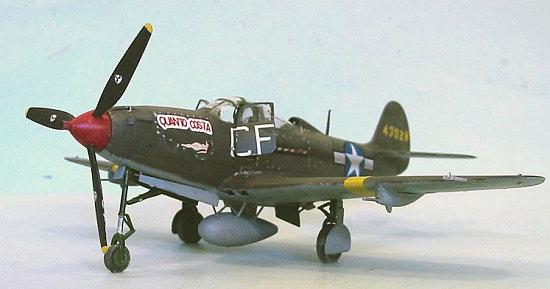
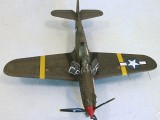
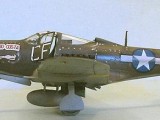

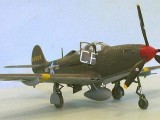
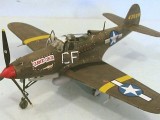
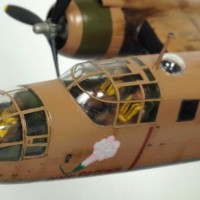
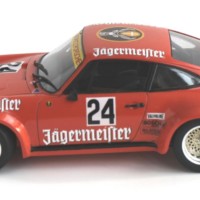
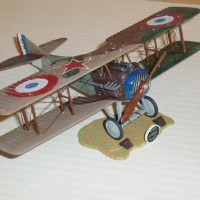
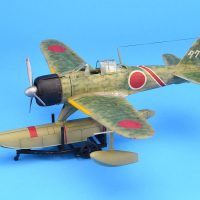
Leave a Reply
You must be logged in to post a comment.